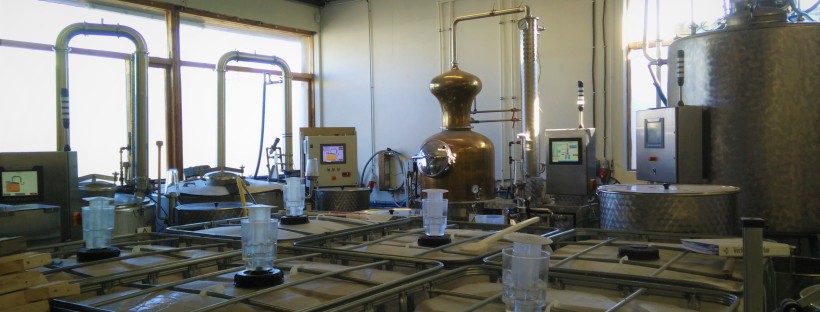If you’ve ever been on a distillery tour, chances are that the milling room wasn’t exactly the highlight of your trip. Sure, looking at the boxes with husks, grit and flour can be fun, but unless the machinery is running, there really isn’t all that much to see. And if the mill is in fact operational, the noise level is so deafening that you will quickly be ushered into the next room, where the tour guide can give an explanation.

The malt mill at Ardbeg distillery, old despite its shiny paint job
While washbacks might be made out of fresh pine wood and a newly replaced still may yet be shiny, the malt mill is always the same old, worn machine, like something straight out of a dusty shed with antique, discarded equipment. There is a reason for this though, and that reason is simple: almost all the malt mills currently in use do date back a few generations. You sometimes hear the phrase “They don’t make them like this anymore”, and in the case of the malt mill, this is actually true: they stopped being produced in the 1970s. But the reason the malt mill went out of production wasn’t because it wasn’t working properly or had somehow become obsolete. Quite the contrary, malt mills were so effective and durable, that they forced the companies that produced them into bankruptcy. Never breaking down, never malfunctioning, just grinding away the tonnes of barley that are thrown at it, year in, year out. Since they hardly ever needed to be replaced, there wasn’t a whole lot of money to be made by selling them. Malt mills are an example of something that was simply too well made, and contemporary manufacturers have taken note. While a malt mill could easily last a lifetime, cars or phones these days are made to break down in mere years, thereby boosting sales.
Continue reading →









